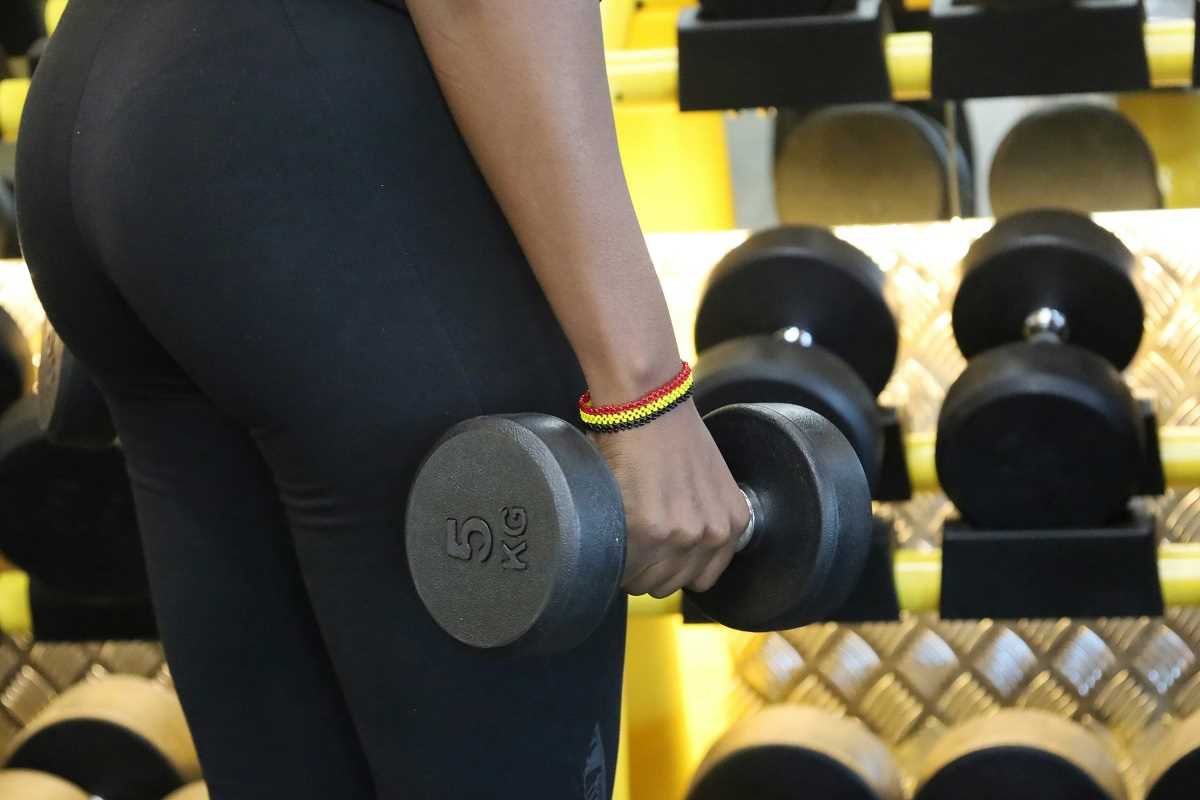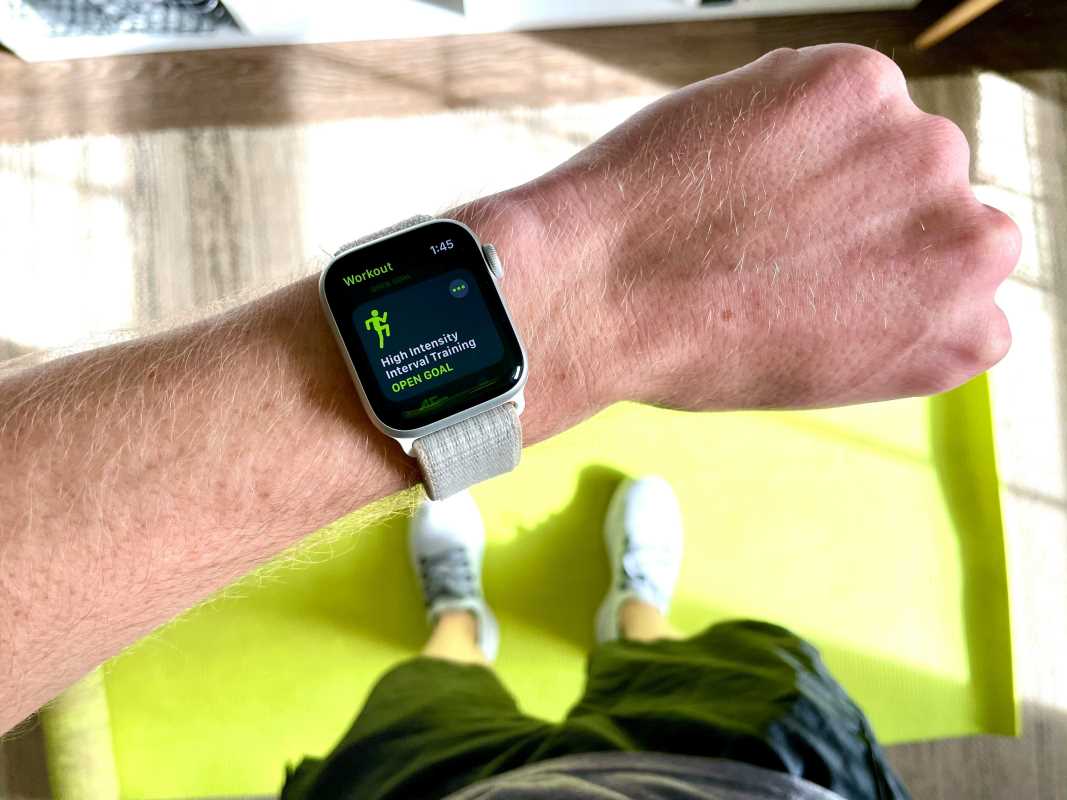Rowers combine strength, skill, and stamina every time they take to the water. Mastering your stroke rate and perfecting your form lay a strong foundation, yet many find themselves stuck when it comes to building greater endurance. Integrating short, high-intensity intervals into your workouts can help you push past this barrier. These focused bursts challenge your body in new ways, promoting improvements in both cardiovascular capacity and overall power. As you add these dynamic efforts to your training, you will notice your ability to sustain speed and maintain sharp technique over longer distances steadily improves.
Ready to explore these HIIT Variations and refresh your workouts? Grab your rowing machine, set a timer, and let’s dive into six distinct protocols that deliver measurable gains—no fluff, just results.
Different Ways to Make Your Rowing Workouts Tougher
Sprint intervals fire up fast-twitch fibers and turbocharge anaerobic capacity. You crank intensity to near-max effort over short strokes, then back off for recovery. This simple yet effective pattern punches up calorie burn and trains your body to clear lactate faster.
- Work: 20 seconds all-out sprint
- Rest: 40 seconds easy pace
- Rounds: 10–12 sets
Benefits
- Increases stroke power by activating high-threshold muscle units
- Enhances VO2 max through repeated oxygen deficits
- Builds mental toughness by embracing discomfort
For advanced athletes, adjust the rest to 30 seconds or add resistance by increasing damper setting by one notch. Keep your drive phase explosive, then let the handle coast back while you reset your core and breathing.
Different Ways to Build Endurance with Intervals
Pyramids offer a playful twist: you build intensity, then taper down. Many athletes swear by this for its rhythm and progressive overload. You’ll inch up duration on each round, then shrink it symmetrically.
- 30 seconds full throttle
- 45 seconds hard effort
- 60 seconds maximum push
- 45 seconds hard effort
- 30 seconds full throttle
Walkthrough
- Use a moderate damper (4–5) to balance power and turnover.
- Keep stroke rate at 28–32 spm on all intervals.
- Recover for 1:30 between each descending or ascending set.
Adjust by swapping 60 seconds for 90 if you crave a stiffer test, or shrink the base to 20 seconds to focus on speed. By riding the peak then easing out, you activate energy systems sequentially and prevent gaps in your endurance engine.
High-Intensity Sprints in Four Minutes
Tabata is known for delivering a tough workout in just four minutes. You push flat-out for 20 seconds and rest for 10. Repeat eight times and you create an intense metabolic storm that sticks around long after you step off the erg.
Action tips
- Warm up for 10 minutes at low intensity, adding a few practice bursts.
- During sprints, drive with powerful leg extension and quick recovery phase.
- Keep upper-body tension moderate to avoid burnout in shoulders.
If you already master standard Tabatas, double up to two sets with four minutes of easy rowing between them. This method boosts explosive power while challenging your heart’s ability to bounce back quickly.
Endurance with Circuit Training
Combine rowing bursts with bodyweight or light-resistance moves to spice up your routine and activate muscles beyond the legs. This combo hits cardio, core, and stability in one session—perfect for those who seek variety and full-body fatigue.
Sample circuit
- Row 500 meters sprint
- 15 goblet squats (use kettlebell or dumbbell)
- Row 250 meters all-out
- 10 push-ups
- Rest 60 seconds, then repeat 3–5 rounds
This format not only challenges your rowing skills but also strengthens the other muscles that stabilize your body on the slide. For a more intense workout, swap push-ups for plyo-clap push-ups or goblet squats for jump squats.
Alternate Modalities in Rowing HIIT
Switching between different types of exercise breaks monotony and targets various muscle fibers. Pair short erg efforts with assault bike sprints or ski erg efforts to raise your heart rate and test your coordination.
Workout example
- 250 m row sprint
- 20 seconds on assault bike sprint
- 250 m ski erg sprint
- 30 seconds rest
- Repeat 5 times
Why it works
- Prevents muscular adaptation by changing movement patterns
- Engages upper-body pulling muscles more intensely on ski erg
- Boosts multi-sport power and recovery skills
Feel free to change the order of exercises or swap assault bike for jump lunges to push your heart rate in different ways.
Active Recovery with Intervals
Alternate intense efforts with active rest to improve oxygen delivery and help your body clear waste products efficiently. Instead of stopping completely, keep the handle moving at a light pace.
Protocol
- 1 minute push at 85% effort
- 2 minutes row at 50% effort
- Repeat for 6–8 cycles
Key pointers
- Maintain smooth transitions from hard to easy pace
- Keep stroke rate around 22–24 spm during recovery
- Practice breathing drills: inhale during recovery, exhale during drive
Experienced rowers can shorten the recovery to 90 seconds or add a quick pause at the end of each hard interval to simulate race surges.
Use these six methods to keep your training fresh and improve your performance. Track your progress and watch your rowing endurance increase in a few weeks.
 (Image via
(Image via





